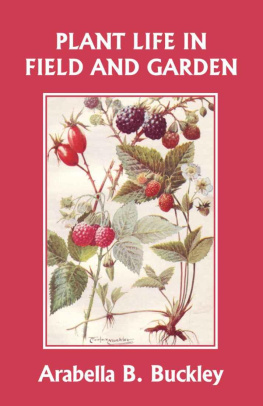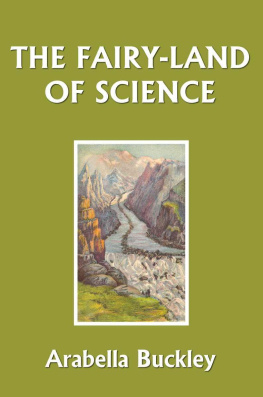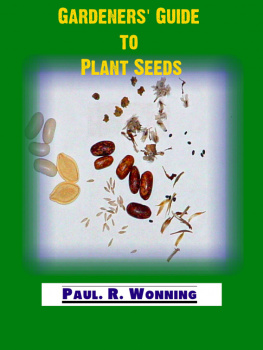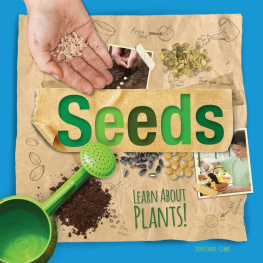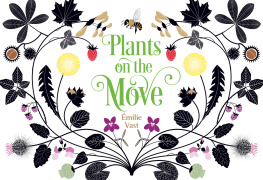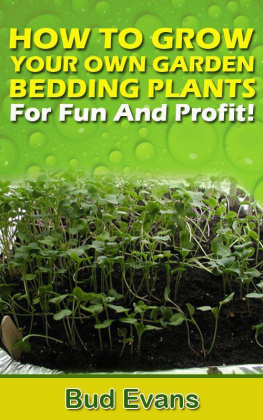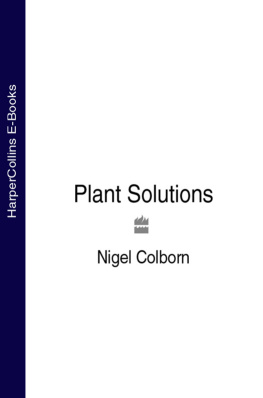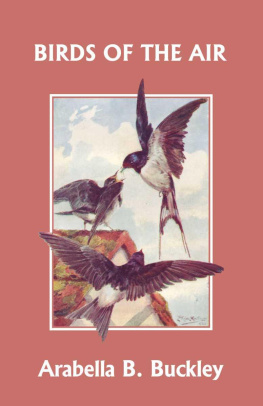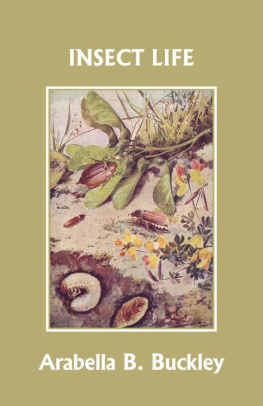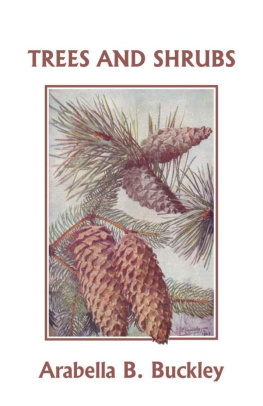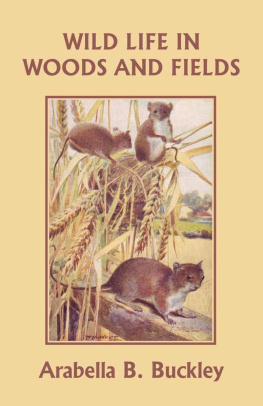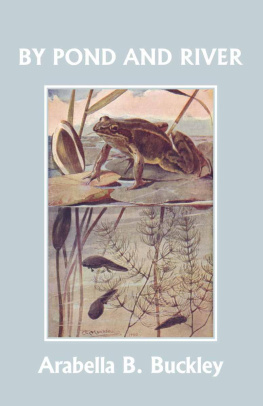Plant Life in Field and Garden
by
Arabella B. Buckley
Yesterday's Classics
Chapel Hill, North Carolina
Cover and Arrangement 2010 Yesterday's Classics, LLC
All rights reserved. No part of this book may be reproduced or retransmitted in any form or by any means without the written permission of the publisher.
This edition, first published in 2010 by Yesterday's Classics, an imprint of Yesterday's Classics, LLC, is an unabridged republication of the work originally published by Cassell and Company, Ltd. in 1901. This title is available in a print edition (ISBN 978-1-59915-273-8).
Yesterday's Classics, LLC
PO Box 3418
Chapel Hill, NC 27515
Yesterday's Classics
Yesterday's Classics republishes classic books for children from the golden age of children's literature, the era from 1880 to 1920. Many of our titles are offered in high-quality paperback editions, with text cast in modern easy-to-read type for today's readers. The illustrations from the original volumes are included except in those few cases where the quality of the original images is too low to make their reproduction feasible. Unless specified otherwise, color illustrations in the original volumes are rendered in black and white in our print editions.
Contents
CHAPTER I
The Shepherd's Purse
I T is seven o'clock on a lovely summer morning. Jump up and look out of the window. It is a shame to be in bed when the sun is shining so brightly, and the birds are singing, and the bees are flying from flower to flower.
Why are the bees at work so early? They want to gather the yellow pollen-dust from the flowers, and the dew helps them to wet it, so that they can roll it up in little balls. Then they pack these balls into a groove in their hind legs, and fly away to the hive. There they mix it with honey, and make it into bee-bread to feed the young bees.
See how busy that woodpecker is, under the elm tree. He is catching insects to carry home to his little ones, which have been hatched more than a week. Further away in the field is a thrush struggling with a big worm: I expect that he too is getting a breakfast for his family.
How busy they all are, and you in bed! If I were you I would get up and pull up some weeds in the garden. Then you will be of some use, and you can learn many interesting things, while you are at work.
Here is a weed, growing among the cabbages. Do you know its name? It is called "The Shepherd's Purse" because of its curious seed-pods. These grow on stalks up the stem of the plant, below the little white flowers. If you open one of them very carefully, you will find that there is a small bag on each side, which can be pulled away from the middle, when the pod is ripe, leaving the seeds hanging on a small division.
SHEPHERD'S PURSE
So the pod is a kind of purse, with two pockets, and we can pretend that the seeds are the shepherd's money.
Take hold of this plant, and I will tell you about its different parts. First look at the root . That always grows downwards into the ground. It has small rootlets growing out of it. The root and the rootlets all have tender tips, and they drink in the food of the plant out of the ground.
You know that your father puts manure into the earth before he sows his seeds, or plants his fruit trees. Then the rain sinks into the earth and takes the juice out of the manure. This makes a, rich drink for the roots to suck in, and so the plants grow strong.
Next look at the stem . You can tell where it begins, for a tuft of leaves grows close to the ground. A root never has any leaves on it, so where the leaves grow must be the stem. The place where the stem joins the root is often called the stock .
Look carefully at this tuft of leaves. You will see that they do not grow exactly one above the other. The leaves in the upper row always grow just between the leaves of the lower row. And as the stem grows upwards, and the leaves are farther apart, they still grow so that they are not exactly one above the other.
Why do you think they grow like this? Because they want to get as much sun as they can. If they grew exactly one above the other, the upper leaf would keep the sun away from the lower one. But now they get as much as there is to be had.
You see then that a plant has a root which grows downwards to take in water out of the ground, and stems to grow upwards and carry the leaves up into the sunlight. What the leaves do we will learn in the next lesson.
CHAPTER II
The Work Done by Leaves
T HE leaves want a great deal of sunshine and air, for they are busy all day long, making food. Have you ever thought how wonderful it is that plants can make their own food? You do not make your food, and no animals make their own food. All you eat has once been either an animal or a plant. In a cake, for instance, the flour comes from grains of wheat, the currants from a little tree, the sugar from the sugar-cane, the spices come from trees, and the candied peel from fruits.
The other things you eat are meat, fish, birds, vegetables, and fruits, and all these have once been alive.
Plants do not feed like this. Their roots take in water out of the earth, and other substances, such as lime, soda, and potash, dissolved in it. The leaves take in gases out of the air. But earth, air, and water are not living food. You or I could not live on them. The plant can.
The pretty green leaves we love so much work very hard. When the sun shines upon them they can turn the water and gases into living food, and this food makes more leaves, flowers, and fruits which we eat.
See how useful plants are! If they did not make food, there could be nothing alive in the world. Insects feed on plants, and birds feed on insects. Sheep feed on grass, and we feed on sheep. Rabbits feed on plants, and foxes and weasels feed on rabbits. If there were no plants, there could be no insects, no birds, no animals, and no men alive.
But this is not the only useful work which plants do. You know that if many people are shut up in a room, they use up the fresh air, and breathe back bad air, which is not fit to use again. Now plants want this foul air. They take it in through their leaves, and use a gas which is in it to help them to grow. So they not only turn gases into food for us to eat, but in doing this they use the bad air we send out of our mouths, and give it back to us fresh and pure. This is why it is so healthy to live in the country, where there are so many plants.
You will find it very interesting to look at the leaves of plants, and notice their shapes, and how they are arranged on their stems so as to get light and air.
I think you must know the common Dead-nettle, which is so like a stinging-nettle but does not sting. It grows in the hedges, and has a pretty purple or white flower shaped like a hood. Its leaves are arranged in pairs all up the stem, and each pair stands exactly across the pair below it, so as to let in plenty of light.
(A) DEAD-NETTLE; (B) WOOD SORREL
The glossy green leaves of the ivy on the wall lie out flat, and have long stalks, so that they can stand out well into the air.
The leaves of the Nasturtiums in our gardens are shaped like a round shield. The leaf-stalk grows from under the middle of the leaf and is very long. So the leaf looks up straight to the sky, and gets plenty of light and air.

